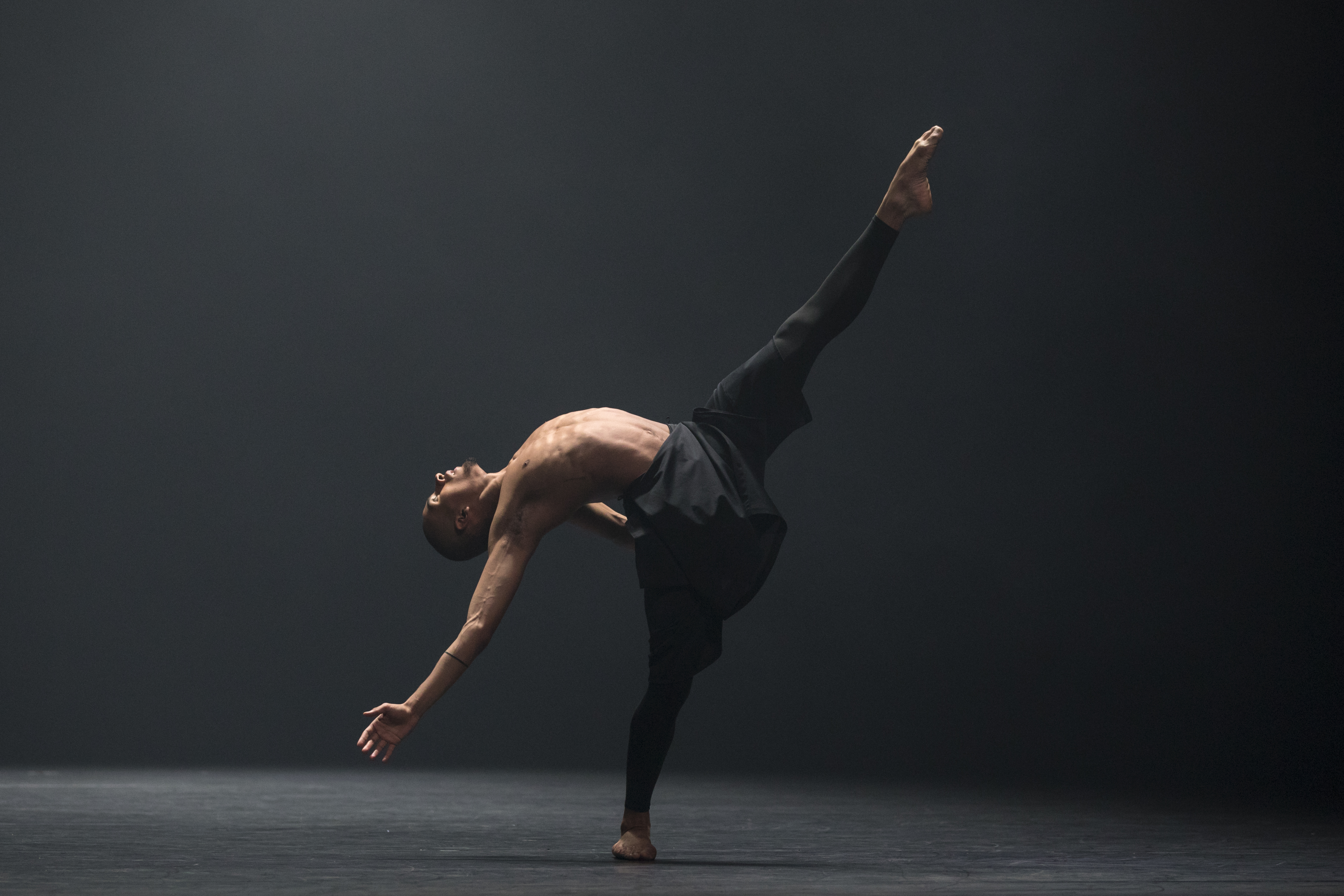Words by Angel Dust
Dance as if your entire history flows through your body. Not in a burdensome way but with the fluidity of the ocean, large and rich with multiple layers and currents. It is so invigorating to reflect and accept your past, whatever it might have involved. From its very surface to its very bottom the past lies within our bodies, forming an archive which movement brings to life.
AUTOBIOGRAPHY had me absorbed. And at the core of that, I believe lies a certain degree of vulnerability which choreographer Wayne McGregor allowed himself to outpour on the stage. A vulnerability that drew me into the piece and through which I related to the universality of the energies on the stage, perhaps making my experience and this review more of a reflection on myself rather than the piece itself.
First performed at Sadler’s Wells in 2017 but returning to Trinity Laban on January 2020, this was the first time I saw Wayne’s work. Perhaps I am not adequately familiar with the rest of his work but the concept of AUTOBIOGRAPHY is the closest one can get to unveiling the choreographer’s history and inner world.
Auto — standing for the self as in the subjective experiences, stories and ways of perceiving the world.
Bio — as in the genetic code of Wayne that inspired the 23 dance pieces (as many as the chromosomes in the human DNA).
Graphy — writing (in Greek) or recording, in this case through movement.
Thus, we get ten dancers performing 23 pieces which have algorithmically been put together. Every time the show is reconfigured, it never produces exactly the same experience and sequencing of stories. It is in a way an ode to the thousands of possibilities for different manifestations of the self either at birth or throughout life, but at the same time is an intimate insight into Wayne’s memory of his own work.
And that achievement of condensing time and traversing through space was not simply a result of how quickly the 23 pieces transitioned one after the other. Incredible ingenuity and work was put into the lighting (Lucy Carter) and set design (Ben Cullen-Williams), which, though minimalist, was powerful enough to time-travel the audience through Wayne’s journey.
And as the spaces changed, the different stages of Wayne’s career interchanged between really intensely physical to slightly softer more, mental or emotional states of being, but with a melancholic undertone throughout all of them. It was almost a contemporary ballet show done dirty, filled with movements that were reaching out to extremities, almost contortionist at times and certainly with a choreography that evoked something sinister. The music produced by Jlinand was by far the one aspect that intensified the whole experience to another level.
The virtuosity emerging in the pieces where most of the dancers were onstage; the constant negotiation with disaster that is having multiple bodies on a stage sprinting between solo or partner moves to the rhythm of electronica beats; created a vision of the perfectly engineered body and the body that is comfortable in its ability to create patterns even within a state of chaos. It was that kind of idealistic perfection, in contrast to the music and the fact that some of the parts were improvised, that generated a kind of story of both pain and pleasure, a story familiar to people going through dance training and to humans going through life in general. The show was addictive, and as with all things that are addictive there is both a fun and a dark side to them. And AUTOBIOGRAPHY lies harmoniously somewhere in the middle.
Image: Andrej Uspenski.
